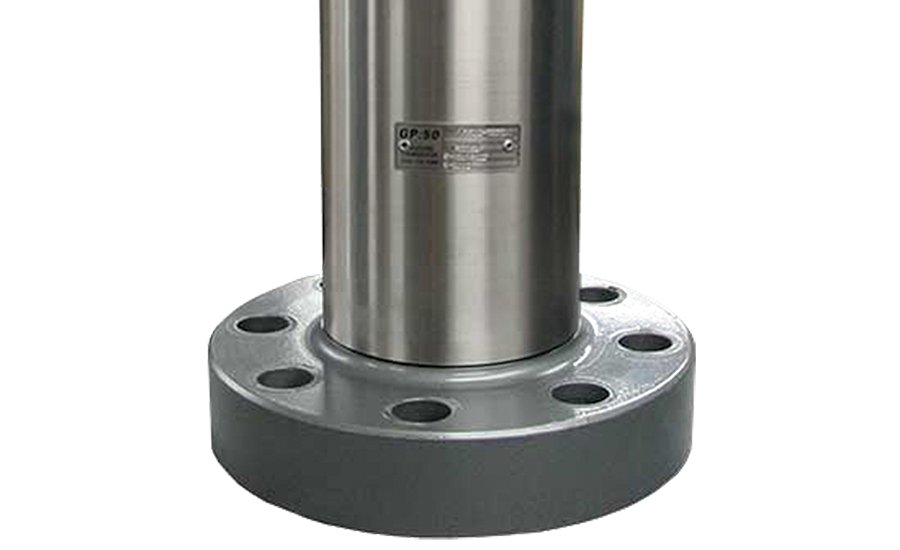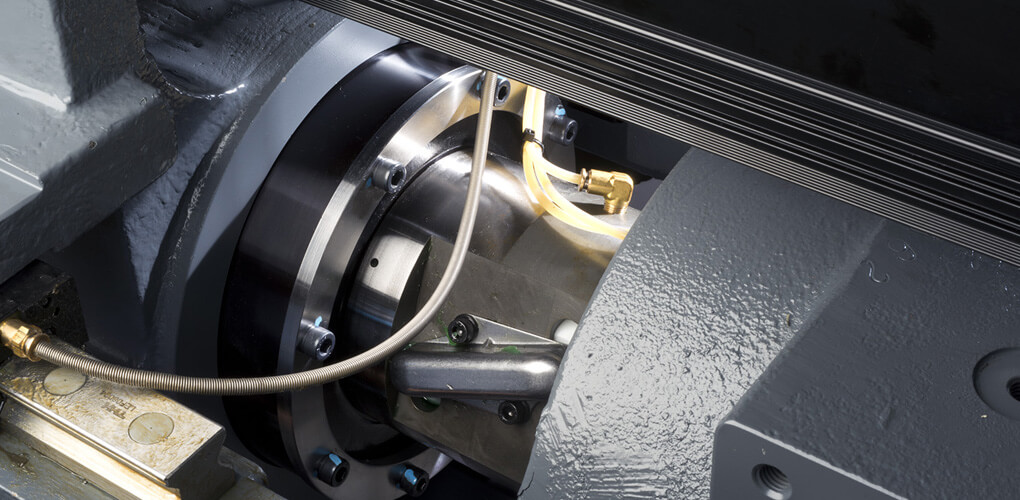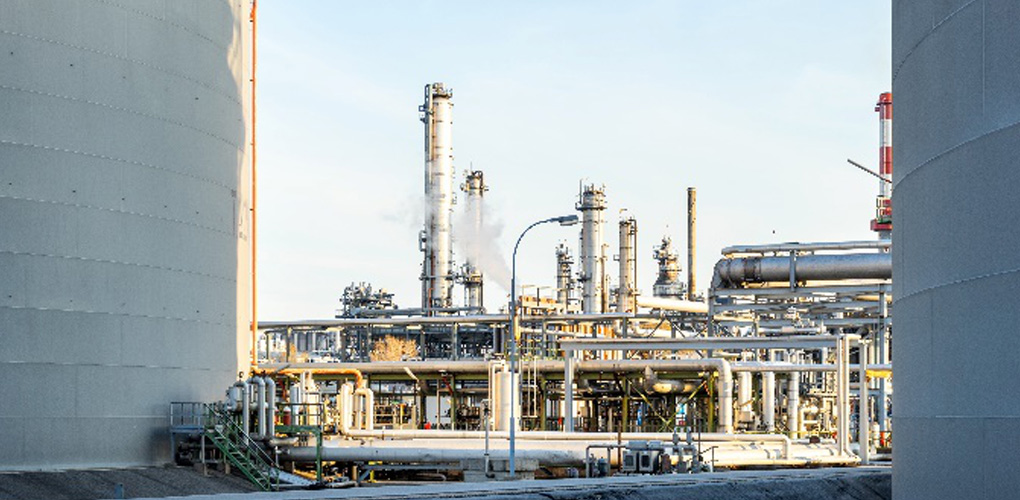Use of Seawater Pressure Transmitter for Deep Sea Applications
How to use Seawater Pressure Transmitter for Deep Sea Applications
The deep-sea embraces the greatest mysteries not because of the most beautiful creature that it owns, but for the wonders that are yet to be discovered by technology. Today, we will discuss the role of a seawater pressure transmitter in such explorations. We will also share some important transmitters (sensors) that you can use for diverse deep-sea applications.
You May Also Read: Instruments Used for the Pressure Sensor for Sewage Treatment
Modern-Day Seawater Pressure Transmitter and its Use
Today, oceans have the greatest potential for both civil and military applications that have already led to paramount explorations for mankind. It’s an ongoing effort that would eventually bring wonders in the near future.

Deep-sea explorations involve top-notch technology and great manpower. It also gives us an idea about the immense human progress that we have already made. All the explorations underwater have largely been depending on different sensors for different applications, such as:
- Civil
- Military
- Communication
- Energy
- Seismic
- Research
The latest electronic tools in oceanography have assisted humans in exploring further deep under the sea and reach the ultimate depths. The low power, delicate and accurate electronic system sensors collect important information that has helped the researchers to record and measure tidal data and the deep ocean environment.
All industry and academic researchers rely greatly on the deep-sea transmitters for research & development purposes. So, the modern-day transmitters, computers, and microelectronics have a great role to play in deep-sea explorations.
Some Examples
Portable submersible robots and underwater drones incorporate intelligent transmitters to monitor the water temperature. You can also use transmitters for auto compass depth and heading, pitch, turns, and roll. Because of technological developments, underwater drones have the ability to move around easily, freely, and faster.
Robots and AI (artificial intelligence) have helped us to explore deep down the sea where humans just cannot reach. A machinelike mermaid (called Ocean One) is developed by Stanford University that can reach the deepest sea waters that humans can’t. The robot has a human-like physique and touch sensors that perform several tasks down the ocean. The robot’s wrists have force sensors that share haptic feedback with the operators’ control.
Nereus is recognized as the deepest underwater diving vehicle. The vehicle can be designed to work as an ROV (a remotely-operated vehicle). This vehicle can also be designed to work without the control of humans as an AUV (autonomous underwater vehicle). This vehicle can explore and map seafloor with the help of cameras and sonars.
Different Types of Sea-Water Sensors
Here are some of the most common sea-water sensors or transmitters that play a key role in modern-day deep ocean explorations,
Pressure Sensor
Monitoring of the seismic activities under sea-water has great importance in ocean explorations. To monitor such activities, a seawater pressure transmitter is placed on the seabed. Quartz Crystals (Piezoelectric) transmitters create electric charges when they are placed under the pressure.
The pressure sensors measure the weight or pressure of the water above. Low or high pressure of diverse sections along the fault line defines where the tectonic plates are or where they may move. If the pressure goes up between tectonic plates, then the result will be earthquakes.
Over time, the pressure sensor may lose its accuracy and drift. University of Washington’s electronic engineers is testing a cost-efficient and self-calibrating sensor. It is possible to position the sensor on the seafloor for monitoring the long-term seismic activities. The data received from the deep-ocean sensor network can assist scientists to recognize what has happened along the fault lines.
DO Sensor
DO (dissolved oxygen) meter to assess the quality of water and dissolved oxygen amount in the liquid. It is an imperative instrument because it has a great influence on living organisms in the water. Apart from the seawater pressure transmitter, the DO transmitter is another important sea-water sensor that the researchers use.
pH Sensor
The ocean pH is decreasing in the long-term with the increase of atmospheric carbon dioxide. To measure ocean pH, glass electrodes require specially-constructed transmitters to avoid mistakes that may be caused by the high ocean-water ionic strength. It is possible to engross the ISFET pH transmitter directly in the seawater.
Sonar
With the help of Sonar seawater sensors, underwater observation has become much easier. You can use both active and passive sonar in the latest naval combat from the water vessels, aircraft as well as the fixed installations.
Submarines rely greatly on sonar for underwater communication. A new line of the multi-beam sonar is designed that can be utilized for various underwater applications.
Imaging Sensor
Deep-sea underwater photogrammetry is totally different when we compare it with that of in space or land. High pressure, rough conditions, refraction, and natural light absence are a few problems. Scattering and attenuation degrade the quality of the radiometric images and minimize effective visibility.
UWSN (Underwater Transmitter Network)
Deep ocean water exploration needs a different method for communication than shallow water communication. Seawater applications include military, disaster management, monitoring, sports, and navigation.
It is possible to use the underwater sensor network for underwater explorations. The network consists of autonomous transmitter nodes spatially distributed under the water to collect pressure, temperature, and other water-related information.
Underwater acoustic transceivers utilized for the communication are the low-frequency waves. But, they have long wavelengths that are suitable for long-distance communication.
Various applications use UWSN for the recovery and management of preventive mechanisms and disaster monitoring. Moreover, UWSN with the network of acoustic sensors and the underwater mobile (AUVs, ROVs) sensor network can be utilized on a big scale for deep-sea exploration.
Designing UWSN applications depends on the common UWSN designs. Also, 1D (one-dimensional) UWSN design means a network in which you position the transmitter nodes freely and on the stand-alone network. Every transmitter node directly shares data to the remote station.
In the two-dimensional UWSN, it is possible to communicate in a couple of ways. Every single transmitter cluster member communicates with the anchor node. After that, the anchor node gets in communication with the surface buoyant node.
In the three-dimensional design, it is possible to organize the transmitters in the shape of clusters and anchored at different heights and depths.
Four-dimensional design is the combination of the fixed three-dimensional and the mobile UWSN. In addition, a mobile underwater ROV gathers information from the anchor nodes, and then communicate it to a remote station.
Now, let’s talk about the future of ocean-water explorations that largely depends on the sensors like seawater pressure transmitter.
The Future
Next-generation of the ocean monitoring transmitter system has already started in Japan, the United States, and a few other European countries. The system has a device known as ‘Node’ that is deployed at the seabed and connected to different transmitter systems with the help of an ROV.
DARPA has suggested intelligent floats like IoT (Internet-of-Things). Ocean of Things has been wiring oceans of the world with a network of transmitters that can record huge environmental data rather than linking transmitters and devices to the internet.
The United States Ocean Observatories Initiative shares temporal and spatial data with the researchers from the surface of the ocean. They are planning for the launch of robots to list the oceans of the world, with an objective to map everything by the year 2030.
A new infrastructure of the cable network is in place for future development that will meet the rising requirements of science & technology. Also, sensor arrays and node functionality in the cable network include tsunami warning, full-water column mooring, and the seismic array system.
You May Also Read: Differential Pressure Transducer is Ideal for Monitoring Gas Turbine Air Filters
Conclusion
It is possible to monitor different sea environmental conditions, including currents, pressure, and temperature with the help of sensors, such as a seawater pressure transmitter. Modern microelectronics, high-bandwidth cables, powerful computers, and electronic transmitters will lead to unparalleled development in ocean exploration.
For More Information, Contact Us Today!













